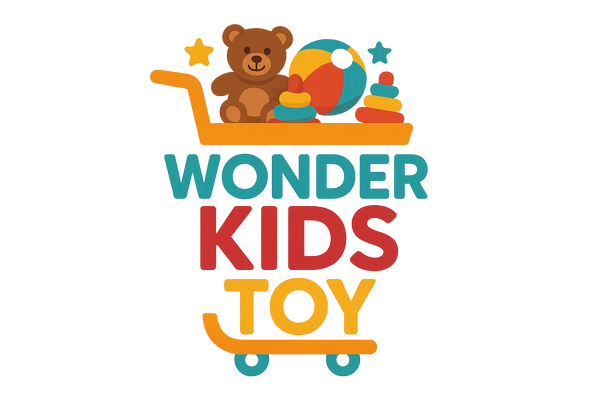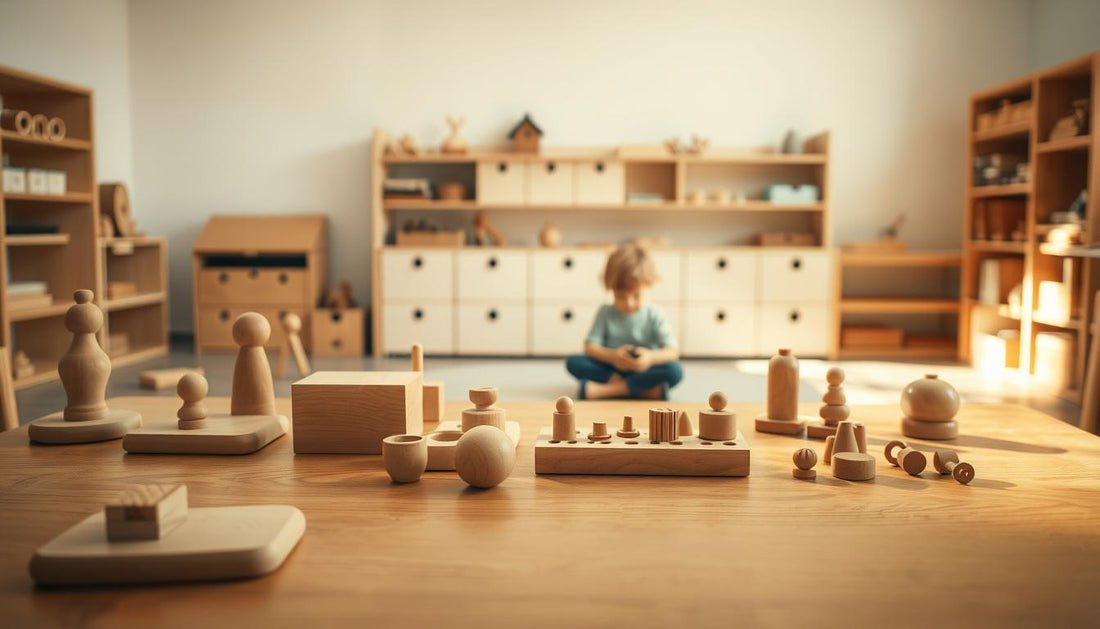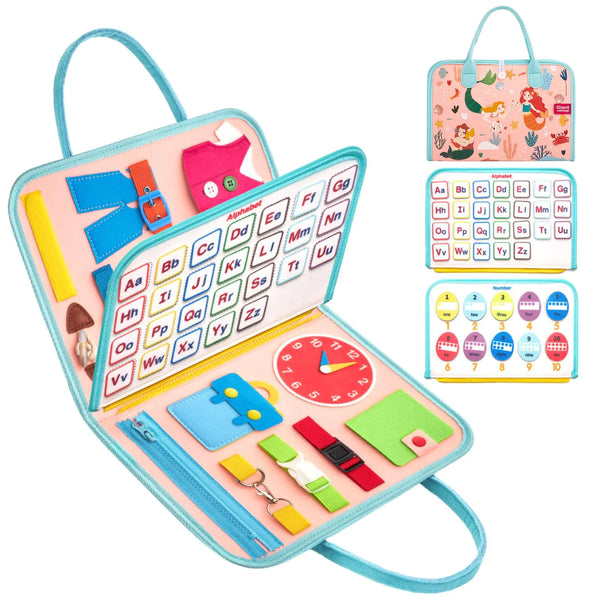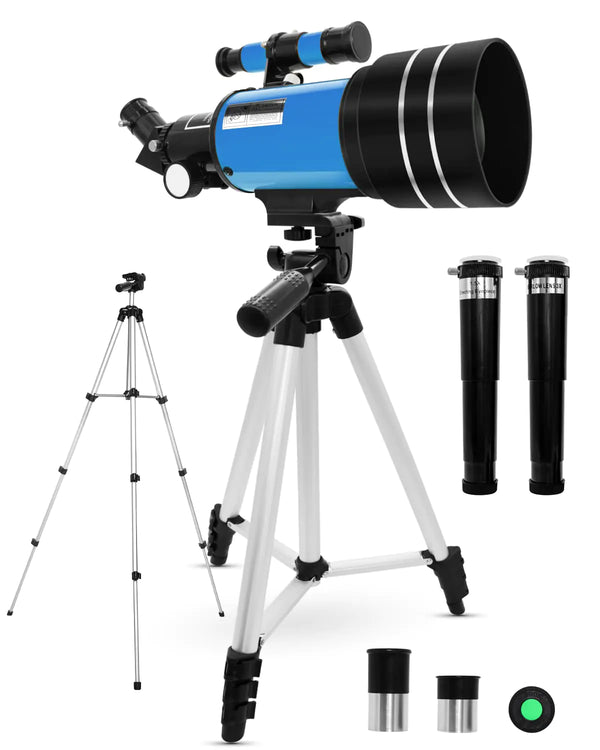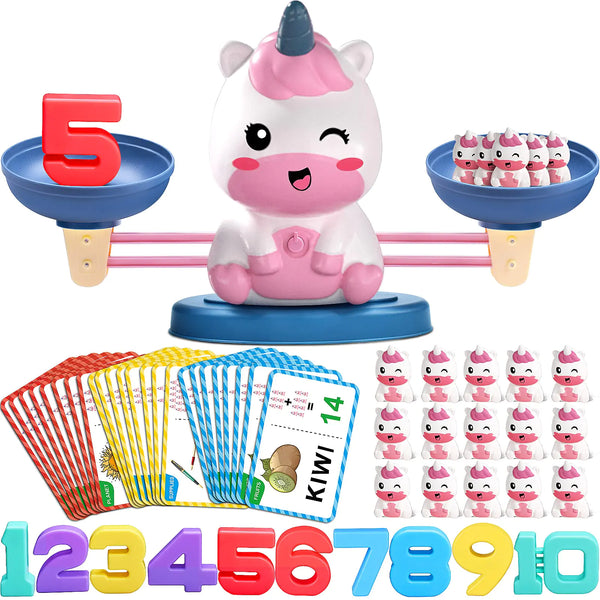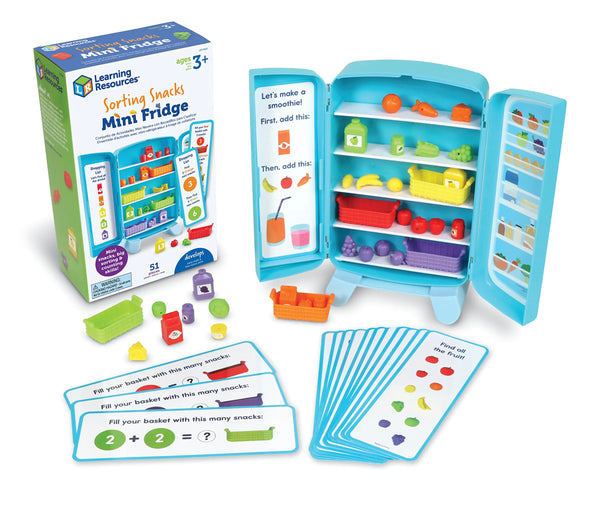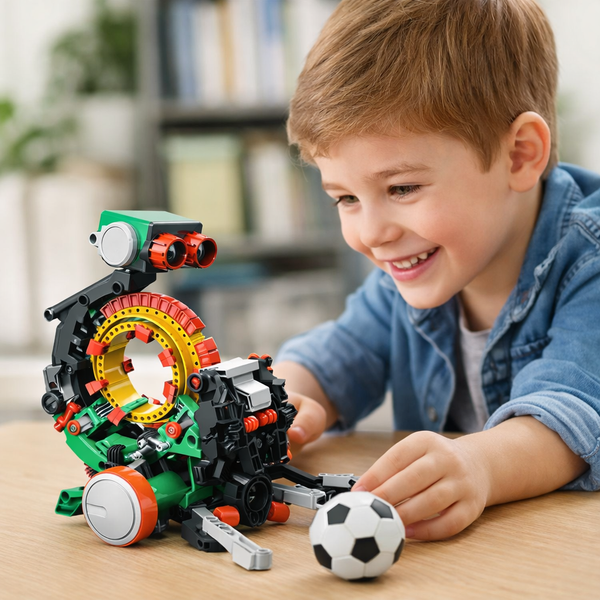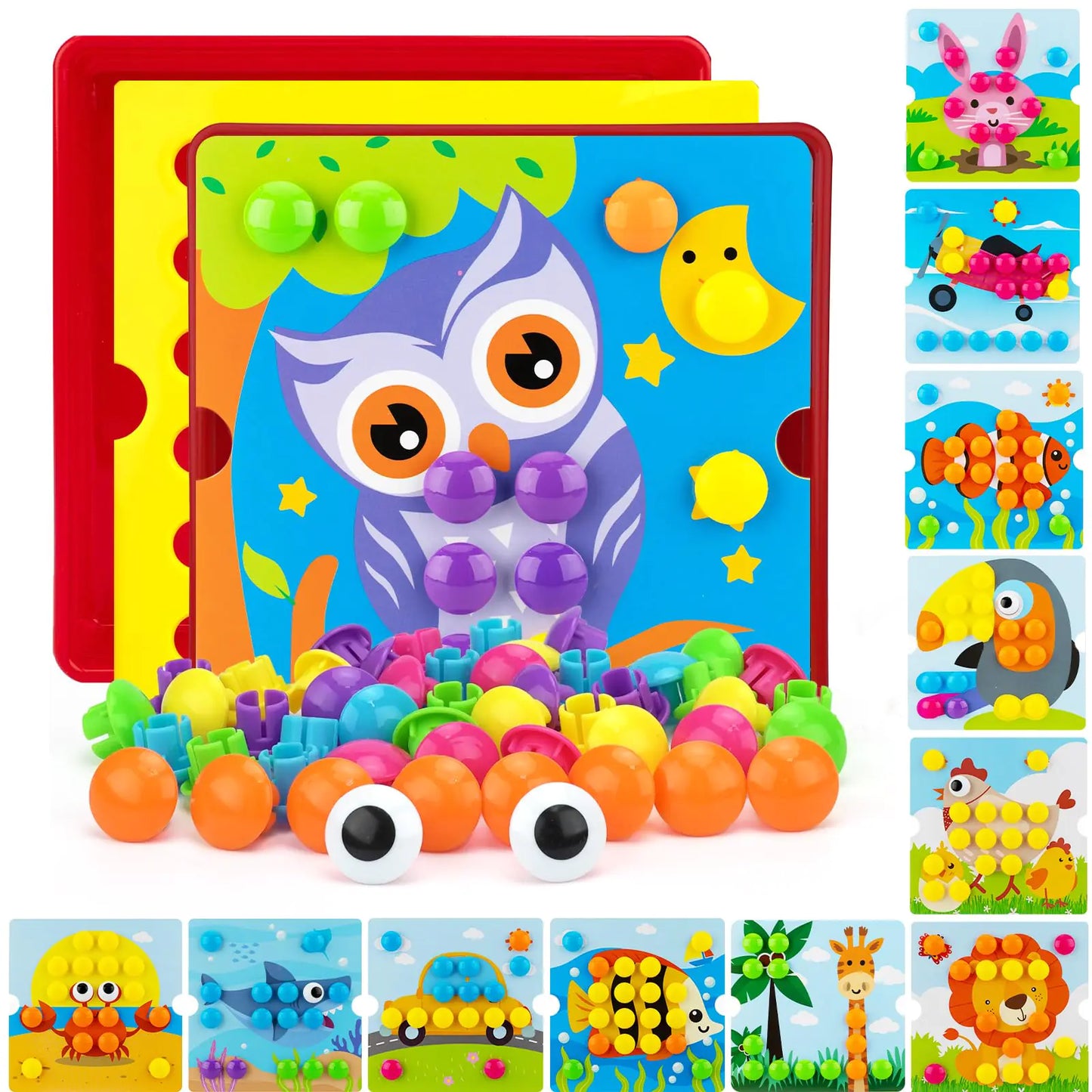As a parent, I was introduced to Montessori toys. They are made to help kids grow naturally, look good, and be made from natural materials. This caught my eye and made me curious about the Montessori method.
I wanted to see how these toys could help my child love learning. Their benefits blew me away. They help kids learn independently and play together, which is great for their growth.

Studies show that toys with letters and numbers help kids learn to read and count early. The U.S. Department of Education says play is key for thinking, solving problems, and getting along with others. Montessori toys fit perfectly with these ideas, making them an excellent choice for parents.
Key Takeaways
- Montessori toys are designed to support holistic child development. They focus on natural materials and beauty, which is key to a child's learning journey.
- These toys encourage kids to learn by themselves through hands-on activities and play together, which helps their overall growth and learning.
- Research shows that Montessori toys can improve reading and math skills early on. They also help with thinking, solving problems, and getting along, essential for a child's development.
- Montessori toys help kids love learning, making them an excellent choice for parents who want to support their child's learning and growth.
- The Montessori method values play-based learning. It's crucial for developing young children's thinking, solving problems, and social skills, which are vital for their growth and success.
The Day That Changed My Perspective on Children's Toys
My first visit to a Montessori classroom changed how I see children's toys. I was amazed by the simple, beautiful materials. The teachers encouraged kids to play and learn together, which made me rethink what play means for kids' growth.
Traditional Toys fill the space in regular classrooms, focusing on fun more than learning. But Montessori classrooms are different. They concentrate on Play-Based Learning, letting kids explore and learn at their speed. The Montessori Classroom is set up to help kids learn independently, with materials that spark curiosity and independence.

Some main differences between Montessori and traditional toys are:
- Focus on education vs. entertainment
- Encouragement of independence and self-directed learning
- Use of natural materials and minimal technology
Studies show that the Montessori method helps kids grow. Kids in Montessori programs often do better in school and socially. Using Montessori Classroom ideas can give our kids a great start in life.
Understanding the Philosophy Behind Montessori Toys
The Montessori Philosophy believes kids can learn independently with the right tools and space. It's all about letting kids learn at their speed. Montessori toys help with this, by making learning hands-on and fun.
Key parts of the Montessori Philosophy include respecting kids, having a ready learning space, and having a skilled teacher. Knowing these helps parents create a place where kids love to learn. It lets kids take charge of their learning, growing independent and self-driven.
Montessori toys are made to let kids learn by doing. They're made from natural stuff and last a long time. Using these toys, kids get better at using their hands, solving problems, and thinking deeply.
The Montessori Philosophy has many good points. It helps kids learn independently, makes them curious and love learning, and helps them develop important skills like using their hands, solving problems, and thinking deeply. It also makes learning fun and safe.
My Journey into the World of Montessori Education
When I started my parenting journey, I learned about Montessori education. At first, I was unsure, but soon, I saw its power. Montessori teaches kids to be independent and learn independently.
My child grew a lot, improving fine motor skills and problem-solving. This was thanks to Montessori, which helps kids learn through doing. It uses unique toys that help kids learn and play simultaneously.
Through my journey, I've seen how excellent Montessori education is. It makes kids love learning and helps them grow. I'm excited to see how it will help my child.

The Core Principles of Montessori Toys
At the heart of the Montessori method are core principles. These principles guide the design and use of Montessori toys. They include Montessori Principles, Child-Centered Learning, and Hands-On Activities. These principles support children's natural development.
By playing with these toys, children can develop essential skills. These skills help them grow and learn, and they are key to problem-solving, critical thinking, and communication.
A key aspect of Montessori toys is Hands-On Activity. This lets children learn through direct experience, and research shows that 90% of learning comes from direct experience.
Montessori classrooms have children of mixed ages, which promotes peer learning and collaboration. Children also get uninterrupted work periods of 2-3 hours, which helps them focus and stay engaged.
Some of the key benefits of Montessori toys include:
- Promoting Child-Centered Learning, which can increase student engagement by up to 70% compared to traditional educational methods
- Supporting Hands-On Activity, which can help children develop essential skills, such as problem-solving and critical thinking
- Encouraging independence, with studies suggesting that children in Montessori settings demonstrate a 50% increase in self-regulation skills
Parents and educators can create a supportive learning environment by understanding and incorporating these core principles. Montessori toys are designed to support children's natural development. By using them in a way that is consistent with Montessori Principles, children can develop a strong foundation for future success.
How Montessori Toys Transformed Our Daily Routine
When we brought Montessori toys into our lives, our Montessori Routine greatly changed. Our mornings became more organized, and we focused on activities that let my children learn independently.
Our Daily Schedule improved, with time for learning, playing, and relaxing. Afternoons were for fun activities that taught through hands-on learning. Evenings were for calm and thinking about the day.
This new routine brought many benefits. My child learned to take charge of their learning and daily tasks. It also made our home more peaceful and less stressful.
Morning Activities and Independence
Mornings were for activities that helped my child become more independent. They learned to dress and feed themselves. This boosted their confidence and self-esteem.
Afternoon Learning Sessions
Afternoons were for learning, with activities that helped my child grow. These activities were fun and matched their interests, making learning a joy.

Evening Wind-Down with Purpose
Evenings were for calm and reflection. We did things like reading or meditation to help my child relax. It helped them get ready for sleep and feel complete.
Essential Montessori Toys That Changed Our Lives
Reflecting on our journey with Montessori toys, I see their immense impact on my child's growth. These toys help with self-learning, hands-on activities, and teamwork. They're perfect for parents wanting to spark a love for learning in their kids. For example, the Alphabet Name Trains introduced my child to letters and sounds, setting the stage for more learning.
Some key Montessori toys that made a difference include:
- Montessori Object Permanence Box, which helps with fine motor skills and focus
- Montessori Newborn Contrast Book, which boosts eyesight and brain growth
- Montessori alphabet teaching method, using sandpaper letters for tracing and learning sounds
These toys use natural materials, encouraging sensory play and focus. Montessori toys are simple, helping kids stay on task without getting distracted. By using these toys daily, I saw big improvements in my child's Child Development, like better concentration and independent play.
As a parent, giving kids the right learning materials is key to their growth. Montessori toys offer a unique learning method, focusing on one skill at a time. This helps kids master each skill before moving on. Parents can help create a learning-friendly environment that supports Child Development and a lifelong love of learning by picking the right Montessori toys.
The Science Behind Why Montessori Toys Work
Exploring Montessori education, I found the science behind these toys fascinating. Montessori Science shows that hands-on learning is key for brain growth, focus, and school readiness. Thanks to Child Development principles, Montessori toys lay a strong base for kids' future success.
The Learning Theory of Montessori toys stresses self-checking, team play, and endless discovery. This method lets kids learn at their speed. It builds their independence, curiosity, and love for learning. Some main benefits of Montessori toys are:
- Boosting brain growth through hands-on activities
- Improving fine motor skills and hand-eye coordination
- Helping emotional growth and self-control
Knowing the science behind Montessori toys helps parents and teachers create a supportive learning space. This space encourages Child Development and sparks a lifelong love for learning, based on Montessori Science and Learning Theory.
Common Myths About Montessori Toys I Once Believed
When I first explored Montessori education, I found many myths about it. One big myth is that these toys are only for smart kids or those from rich families. But I've seen how they help all kids grow and learn, breaking down Learning Misconceptions.
Some myths about Montessori toys are:
- They cost too much and are only for the rich.
- They're only suitable for smart kids or those with special needs.
- They're too strict and don't let kids be creative.
But, Montessori toys are made to last, making them a smart buy for a child's education. They fit different learning styles and paces, letting kids learn in their way. By clearing up these Montessori Myths, parents can choose the best for their kids, helping them grow and learn without Learning Misconceptions.

Creating a Montessori-Friendly Play Space at Home
Exploring Montessori education showed me how vital a Montessori Play Space is. It's more than a play area; it's where my child learns and grows. It's filled with Learning Materials chosen with care.
To set up this space, I considered organization, rotation, and ease of access. I started by picking 10-15 toys that kept my child interested for over 15 minutes. This made the space easier to manage and helped my child learn order and routine.
Key Considerations for a Montessori Play Space
- Rotate toys and materials regularly, ideally once a week, to keep the space engaging and prevent boredom.
- Use child-sized furniture and shelves to promote independence and accessibility.
- Incorporate natural materials, such as wood and fabric, to create a warm and inviting atmosphere.
I made a Montessori Play Space that works well and looks great by following these steps. It's simple to keep clean, taking 5-10 minutes daily. Thanks to a clear system and designated spots for each item, my child now puts away toys and materials after play.
The Impact on My Child's Development
Reflecting on my child's Montessori education journey, I see a huge impact. Montessori principles have made our home a supportive learning space, sparking a love for learning and helping with overall growth.
Montessori education has been key in making my child independent, confident, and well-prepared academically.
One significant benefit is the focus on hands-on learning. This has boosted my child's critical thinking and problem-solving skills. Montessori toys with self-correcting materials also encourage my child to solve problems independently.
Significant improvements in my child's development include:
- Independence: My child is now more self-sufficient and confident in doing tasks alone.
- Confidence: Montessori education has boosted my child's self-worth and confidence in their abilities.
- Academic preparation: Hands-on learning in Montessori education has given a strong math, science, and language foundation.
I'm thankful for Montessori education's impact on my child. It has provided a supportive learning environment and focused on hands-on experiences. This has set my child up for success and helped them achieve positive learning outcomes.

Mixing Traditional and Montessori Toys: Finding Balance
Exploring Montessori education showed me the need for balance. Balanced play is key for a child's growth. It lets them discover their interests and talents. Montessori toys help with independent play and learning skills. Traditional toys, on the other hand, boost creativity and imagination.
Knowing when to use each toy is essential. Montessori toys are great for fine motor skills and hand-eye coordination. Traditional toys like puzzles and blocks improve problem-solving. Mixing both kinds of toys helps a child develop fully and love learning.
Here are some examples of Montessori and traditional toys that can be used together:
- Montessori: Hands-On Toys, Sensory Toys, Mathematical Toys
- Traditional: Puzzles, Building Blocks, Dolls
By combining these toys, parents can make playtime fun and educational. For example, a child can use Montessori toys to improve hand skills. Then, they can solve puzzles to improve their problem-solving skills.
It's essential to find a balance between Montessori and traditional toys. This balance creates a play space that supports a child's growth. Parents can encourage balanced play and help their child succeed by using both types of toys.
Unexpected Benefits I Discovered Along the Way
As I continued on my Montessori journey, I found many unexpected benefits. These have profoundly impacted our daily lives. One key benefit is the growth of essential life skills. Skills like independence, self-motivation, and problem-solving are vital for Child Development and last a lifetime.
Some of the main benefits I've seen include:
- Improved communication and social skills
- Increased empathy and self-awareness
- Enhanced problem-solving and critical thinking skills
These advantages have not only boosted my child's school performance. They've also improved their overall happiness and confidence.

By adding Montessori principles to our daily lives, I've seen a big positive change. My child's Child Development and Learning Outcomes have greatly improved. Montessori has many benefits, and I'm thankful for this educational approach.
Q: What is a Montessori Journey?
A: A Montessori Journey is a path of learning and growth that follows the Montessori method. This teaching and learning method focuses on hands-on activities and self-directed learning. It encourages children to explore and learn independently, fostering independence and curiosity.
Q: What are some parenting tips for a Montessori Journey?
A: Some parenting tips for a Montessori Journey include creating a supportive learning environment, encouraging independence and self-directed learning, and fostering a love for exploration and discovery. Providing opportunities for hands-on activities and respecting the child's pace and interests is essential.
Q: What is a Montessori Learning Community?
A: A Montessori Learning Community is a group of individuals who aim to foster independent and self-directed learning. It is a collaborative environment where children and adults work together to create a supportive and inclusive learning space. It emphasizes hands-on activities, exploration, and mutual respect.
Q: How can I create a supportive learning environment for my child?
A: To create a supportive learning environment for your child, you can provide a safe and organized space for exploration and discovery. This can include setting up different learning stations or areas for activities like reading, writing, and hands-on exploration. It is also important to encourage independence and self-directed learning by allowing your child to make choices and take ownership of their education.
Q: How can I encourage independence and self-directed learning in my child?
A: To encourage independence and self-directed learning in your child, you can provide opportunities for them to make choices and take ownership of their education. This can include allowing them to choose their activities or projects and exploring and learning at their own pace. Providing guidance and support when needed while respecting their autonomy and decision-making abilities is essential.
Q: How can I foster my child's love for exploration and discovery?
A: To foster a love for exploration and discovery in your child, you can encourage them to ask questions and seek answers. This can be done by providing opportunities for hands-on activities and real-world experiences. You can also expose them to different subjects and interests, encouraging them to explore and learn about the world around them.
Q: How can I provide opportunities for hands-on activities and real-world experiences?
A: To provide opportunities for hands-on activities and real-world experiences, you can engage your child in practical application and problem-solving activities. This can include cooking, gardening, science experiments, and other activities that allow them to explore and learn through direct experience. It is also essential to provide opportunities for them to interact with the community and engage in activities that involve real-world applications.

Q: How can I respect my child's pace and interests?
A: To respect your child's pace and interests, you can avoid pushing them to learn at a specific pace or to follow a predetermined curriculum. Instead, you can allow them to explore and learn at their own pace and provide support and guidance when needed. It is important to recognize and respect their individual learning style and interests and provide opportunities for them to pursue their passions and interests.
What are the core principles of Montessori toys?
Montessori toys focus on self-directed learning and hands-on activity. They also encourage collaborative play, which helps children take an active role in their education.
How can Montessori toys transform a child's daily routine?
Montessori toys add hands-on activity, collaborative play, and self-directed learning to a child's day. This leads to more independence, engagement, and a love for learning.
What are some essential Montessori toys that can change a child's life?
Alphabet Name Trains are key Montessori toys. They introduce children to letters and sounds through hands-on learning and self-directed activity.
What is the science behind why Montessori toys work?
Montessori toys are based on child development and learning theory. Studies show they help with neural development, concentration, and academic readiness through hands-on learning and self-correction.
What common myths about Montessori toys should I be aware of?
Some myths say Montessori toys are only for gifted kids or are too pricey. But, they benefit children of all abilities and backgrounds.
How can I create a Montessori-friendly play space at home?
To create a Montessori play space, focus on organization, rotation, and accessibility. Use child-sized furniture and natural materials, and rotate materials regularly.
What are the unexpected benefits of incorporating Montessori toys into my child's play?
Montessori toys can improve communication, empathy, and problem-solving skills. These benefits can profoundly impact daily life and development.

What tips do you have for parents starting their Montessori journey?
For parents starting Montessori, take the first step and seek support. Building a support network, whether online or in person, is key. It offers resources, guidance, and community.
Source Links
- Rediscovering Childhood Joy: The Magic of Montessori Toys and Name Trains - Geek Mamas
- Discover Montessori Magic: Top Toys for Your Little One at Ingrid’s Toys
- Montessori and Santa Claus: Finding the Magic in the Real World - Kids USA Montessori
- I Montessori-ed My Toddler's Toys—And Here's What Happened
- 'Follow the child': How a Montessori mantra changed my motherhood
- What Are the Benefits of Montessori Toys?
- Montessori Toys for Early Learning: A Comprehensive Guide
- What are Montessori toys? | Lovevery
- My Montessori Journey: How, When and Why I Introduced Toys, Books, and Activities to My Son
- Simone Davies brings Montessori into your daily life
- Igniting Growth with Montessori Toys: A Journey into Motor Skills and Coordination
- Core Principles of Montessori Learning
- What are Montessori Toys? - Hape Blog
- Everything You Need To Know About Montessori Toys | Bigjigs Toys
- The Evolution of Montessori Toys: A Historical Perspective
- Igniting Growth with Montessori Toys: A Journey into Motor Skills and Coordination
- Discovering the Magic of Montessori Toys: A Journey Through My Child’s Development
- The Gift of Concentration: Montessori Toys That Promote Focused Play
- kids department
- 11 best Montessori toys for baby's first year | Lovevery
- Beyond Play: The Science of Montessori Toys and Toddler Development
- Unlocking the Power of Montessori Toys: Types and Benefits Explained
- Exploring common Montessori myths and misconceptions
- Montessori myth busting – 6 common misconceptions about Montessori mobiles - Montessori Edited
- Top 10 Montessori Myths Uncovered - Montessori Rocks
- Montessori Playroom - How To Create A Montessori Play Space At Home
- I re-organized our playroom to be Montessori-ish, and it made a huge difference
- The Complete Guide on Montessori Toys Impact on Early Development
- The Impact of Montessori Wooden Toys on Our KidS - Tookystudio wooden toy wholesale
- Exploring Montessori Toys: A Pathway to Creative Learning
- The Complete Guide on Montessori Toys Impact on Early Development
- Montessori education's impact on academic and nonacademic outcomes: A systematic review
- 10 Montessori Education Benefits for Your Child
- Montessori Toy Benefits
- Are Montessori Toys Better for My Baby?
- The Montessori Parents Guide — Montessori in Real Life
- Montessori 101: Start Here — Child of the Redwoods

